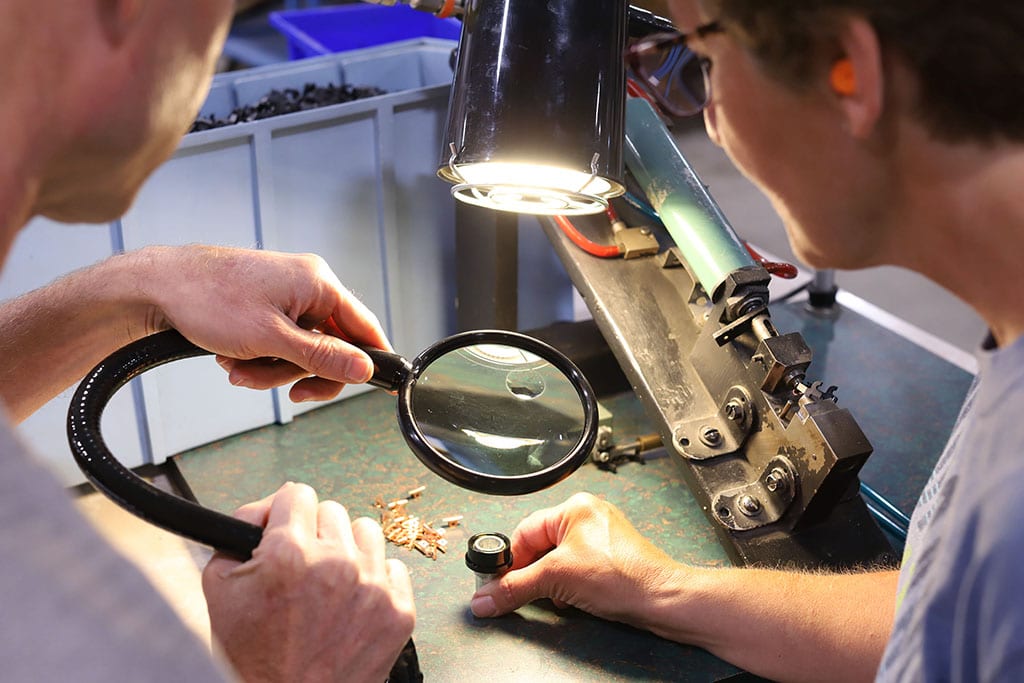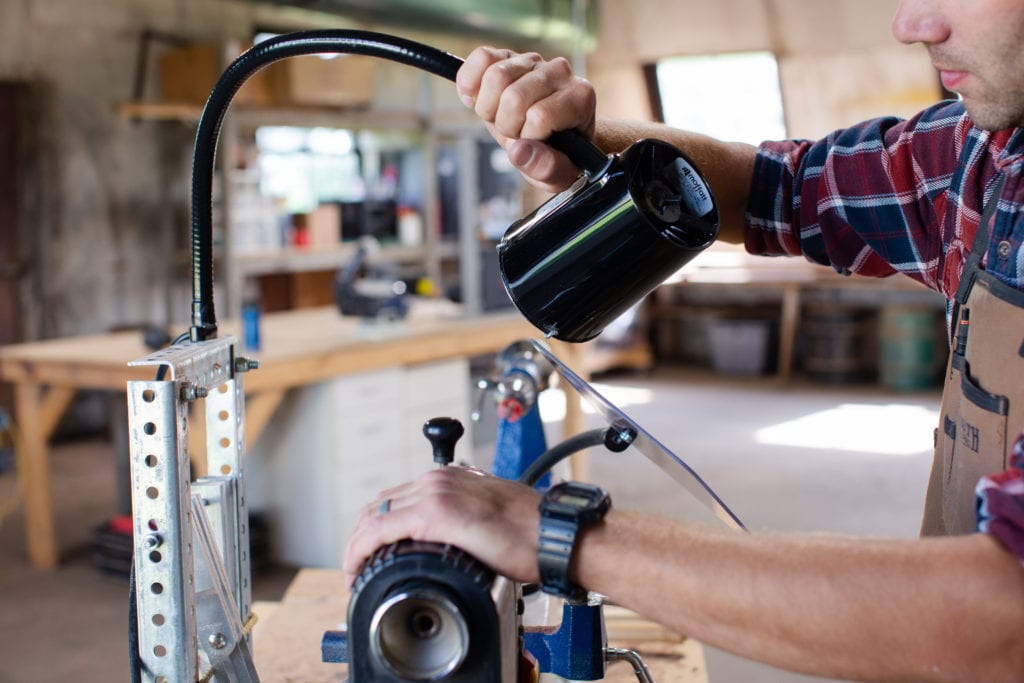How do we know when the prototyping phase is done for your flex arm device?

Share:
We work with clients in a ton of different industries — from law enforcement to med tech. They all have one thing in common: they want to have the absolute best result possible before they reach their product launch window. That means taking time and care during prototyping so that everything can go as smoothly as possible. While often there’s a clear-cut deadline for when something has to be done, we thought we’d explore a question we get quite often during exploratory phone calls: How can you tell prototyping is done for a flex arm device? Let’s start at the beginning of the process first.

Flex Arm Prototyping Phase 1 – Concept Review
This is the beginning of our process. The customer has an idea. It could be fairly far along, or it could be in the beginning stages — but they know one thing: they need some help with their design. That could mean seeing flex arm options right off the bat, but more often it means listening first. In our experience, the customer knows what they want from a flex arm before they get to you. They might need it to hold a specific weight, be able to be adjusted a certain way, or really need to perform under strenuous conditions (sometimes all three!)
We listen to our customers, then give them some of our thoughts on concepts that might be useful in finding a solution. It might mean a single flex arm or a more versatile multi-section arm. That solution doesn’t always happen right off the bat, but it helps to get our teams on the same page. This is crucial for a great design — we want everyone working together and educated on the end goals.
Flex Arm Prototyping Phase 2 – Program Initiation
Once we understand that concept, we can start tackling the problem in earnest. This doesn’t mean we’re out of the concept phase, but now we’re able to do things like creating engineering drawings, 3D printed prototypes, and expand on the concept. During this phase we’re able to give our customers options – there maybe 2 or 3 variations or prototypes that we send to them – to fully explore every avenue and possible solution.
Flex Arm Prototyping Phase 3 – Program Approval
The customer has approved the path they want to go, we’ve reaffirmed on our side that we have the necessary parts and production capabilities, and now it’s time to test out what we’ve got! That’s when UL testing is done, we double-check drawings, then have our engineers submit an “OK to build” request to our client. It means that we’re nearing the completion of our prototype. The certifications are in place, both sides are happy with the build, and we’re all aware of the cost that it will cost to produce the product. It’s an exciting time — but it’s not the end just yet!
Flex Arm Prototyping Phase 4 – OK to Build
We’re almost done. The wheels are turning and everything is in place for us to start building their product. From the timing of when the product will launch to understanding how many of our components the client will need right off the bat, we troubleshoot any manufacturing issues and verify that the assembled product meets customer requirements.
On the client-side of things, they’re finishing up what they need to know to make sure their product is up to snuff for THEIR needs. That could include tolerance testing, length differences, and anything else that may need to be tweaked. Once they’re satisfied, they’ll give us the OK to ship. That means we’re really in business.
Flex Arm Prototyping Phase 5 – OK to Ship
We receive a build schedule and an official order from our client. The prototyping phase is done and we’re starting the mass production phase in earnest. That doesn’t necessarily mean that tweaking is done. Many products might go through several different iterations as production continues. We pride ourselves on working on these tweaks even after production has started. We have produced over 700 OEMS with 3,000+ variations during our time as a company.
Moffatt Products by the numbers
- 1,000,000+ Moffatt lamps sold
- 750+ different OEMs produced
- 3,000+ variations developed
- 4,000+ quotes
- One family-owned company
_____________________
Working on a flex arm design? We are here for a no-pressure phone call. We’d love to hear more about what you are working on and give you ideas and prototypes to improve your decision-making process. Give us a call, we promise it will be worth your while.
